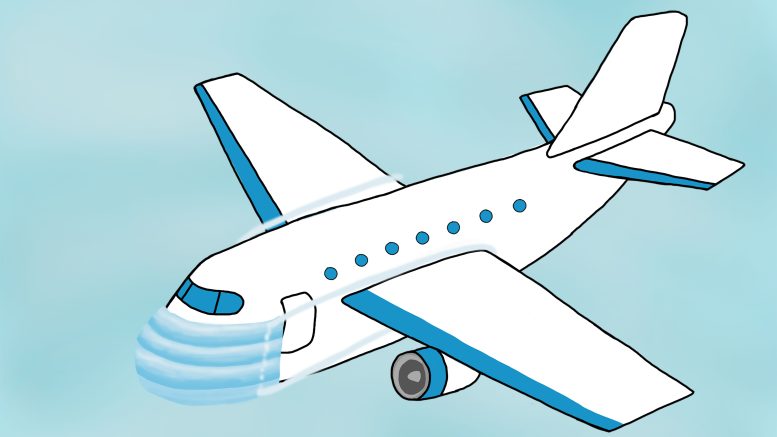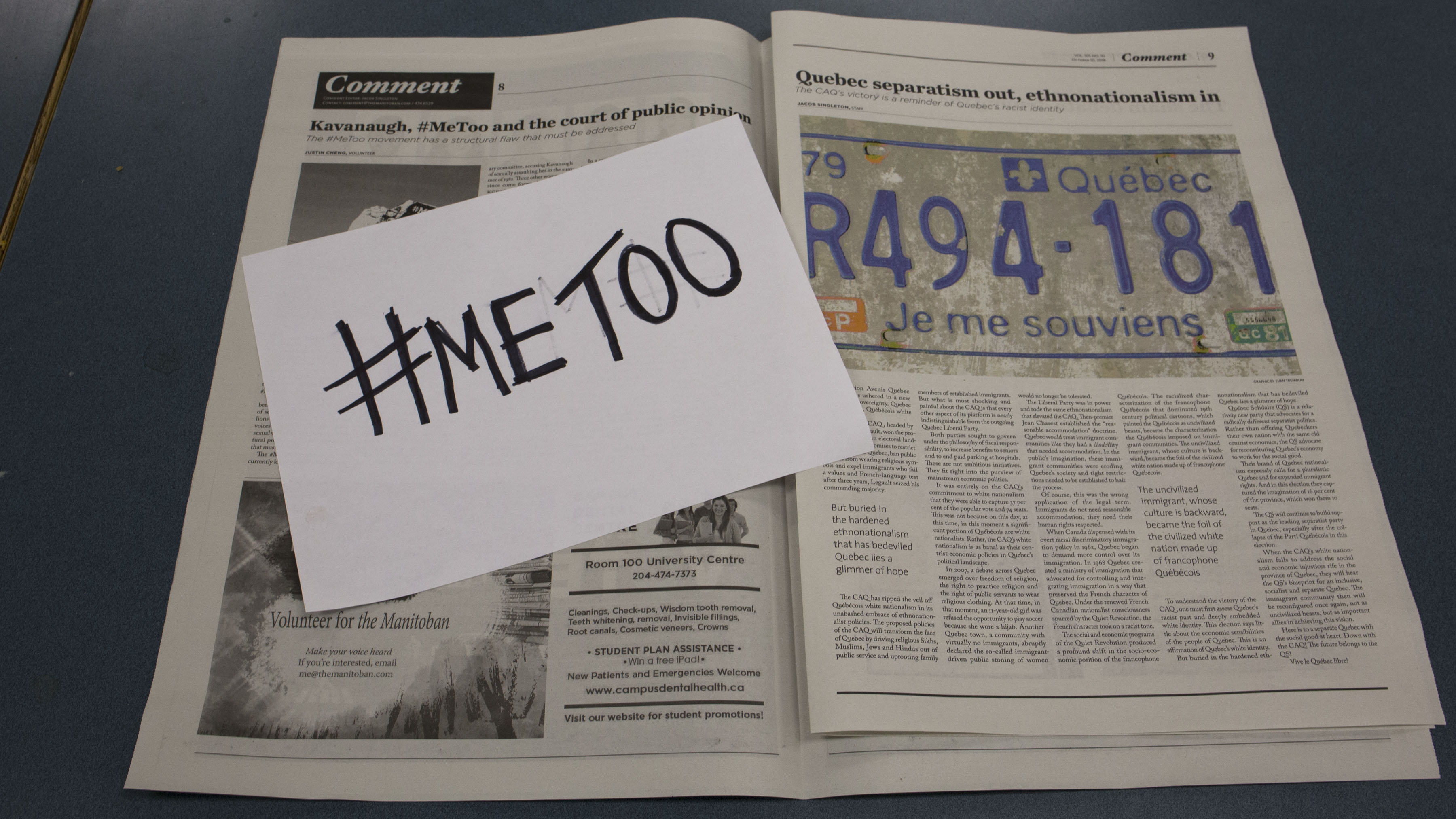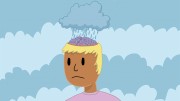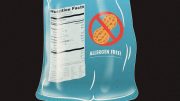During reading week, I took an international flight and two U.S. domestic flights. In my observations of people in and around the airport, I noticed an abundant lack of masking as my flight playlist blasted the line, “but there’s COVID on the planes” from Noah Kahan’s “Stick Season” into my AirPods. That is when I realized that three years into the pandemic, people have either stopped caring or care too much about how they are perceived when wearing a mask.
I must admit, being home in California or even out and about in Winnipeg, I’m often inclined to not wear a mask. My reasoning is based on my vaccination status and my exhaustion with the pandemic and the various mask man- dates in the places I frequent, but should there be a change in the status of the COVID-19 pandemic I would abide by any regulations established to keep myself and my community safe.
I stayed masked in my KN95 throughout my flights, and I thought maybe other people would have common sense. But my 50-minute flight from Oakland to Ontario, Calif. was littered with unmasked individuals coughing, sniffling and talking all around me. I was left wondering — why are people choosing to go maskless in such close quarters?
I could assign blame to political figure undermining science and wanting countries to “get back to the normal day-to-day,” but what is there to support that? It could be a shared “my body my choice” ideology that has been used by both sides of the political spectrum — the left wanting bodily autonomy for reproductive health and the right wanting the freedom to choose to wear a mask or not. But that gets into tricky territories.
I think this goes beyond politics, though. The Guardian published a story on masking where one interviewee said that they wore a mask for the sake of others’ COVID anxiety, but that as soon as they noticed that others had stopped wearing a mask in public, they stopped as well, even calling mask-wearing a “bit of theatre.”
I definitely think I conform to that idea. I typically wear a mask based on whether others are wearing them.
That is when I stumbled across “herding,” a social theory that refers to when individuals will follow group behaviour rather than making decisions independently. Herding usually occurs as a response to uncertainty or plain ignorance about a certain event.
That makes sense. When we are unsure of the state of the world, as I think many of us are, we would all become followers. What happens when the next pandemic hits?
It’s nearly inevitable that there will be another pandemic in the future. Hopefully not in our lifetimes, but researchers believe that the chance of there being a new pandemic each year is about two per cent.
Looking back at recent history, one of the most wellknown and detrimental pandemics was over a hundred years ago in 1918. That pandemic, which involved an H1N1 influenza strain, killed an estimated 50 million people. But according to the Centers for Disease Control and Prevention, there had also been influenza pandemics in 1957, 1968 and 2009.
So, then, what happens next? I was alive in 2009, but I don’t remember that pandemic having as much of an impact on my life as COVID. Nothing came to a grinding halt. What happens now with COVID? It feels like it’s over. Everyone is acting like it’s over. It is not and won’t be until the World Health Organization declares the global health emergency over.
Until then, and in the years between now and the next devastating pandemic, what will we do?
I have no idea. Life won’t ever be the same. There will be people who are extremely vigilant about their health and others that will take the opportunity to bash science.





